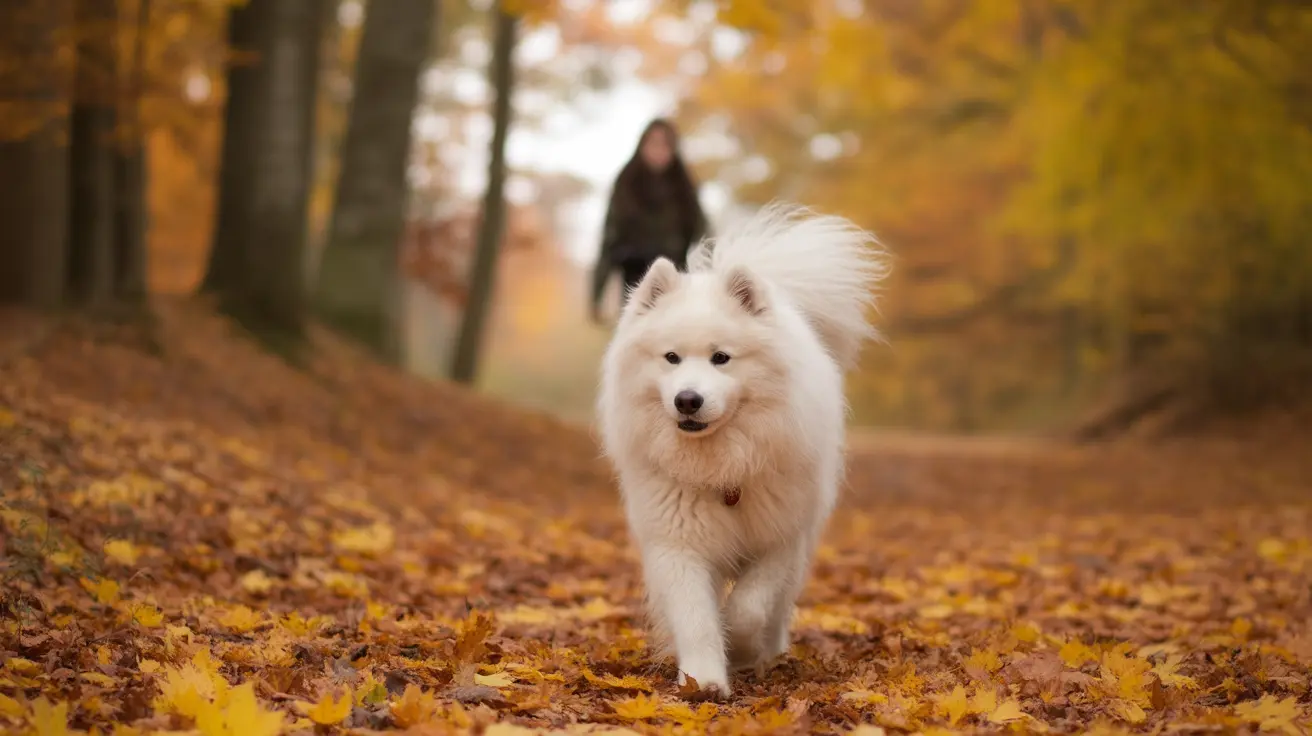How Do Cats Say "I'm Sorry"? Understanding Feline Apologies
Cats are notoriously independent and mysterious animals. Interpreting their body language and behavior can sometimes be challenging, especially when it comes to expressing emotions such as affection, hurt, or apology. While cats don’t apologize in the same verbal manner as humans, they do have their own unique ways of making amends and showing they didn't mean to upset you.
1. Understanding Feline Communication
Cats communicate through body language, vocalizations, and scent. When something goes wrong—like knocking a glass off the table or scratching you during play—they won’t say “I’m sorry,” but their behavior often changes to reflect reconciliation efforts.
2. Signs Your Cat May Be Apologizing
Here are some common behaviors cats may display to show remorse or make peace:
- Slow blinking: Cats often slow blink at their owners as a sign of trust. After a negative interaction, slow blinking may indicate a peace offering.
- Headbutting and nuzzling: Gently rubbing their head against you spreads their scent and signifies affection and reconnection.
- Approaching with ears slightly back: A cat that’s slightly nervous or trying to gauge your mood might exhibit this posture when trying to apologize.
- Purring: Soft purring, especially when coupled with other affectionate gestures, can signal that your cat is trying to comfort you or re-bond.
- Following you: A cat that sticks close after a bout of poor behavior may be looking to re-establish closeness.
- Licking or grooming you: Mutual grooming is a social bonding tool among cats. By grooming you, a cat may be expressing reconciliation.
3. Cat Body Language That Suggests Regret
Cats are generally more subtle than dogs. While dogs may exhibit overt signs like tucked tails and sad eyes, cats are less exaggerated. Instead, they may show:
- Lowered head or body posture when approaching you.
- Avoiding direct eye contact while remaining nearby.
- Hunched or curled posture indicating emotional unease.
4. Why Cats Might Appear Disconnected Emotionally
Sometimes it seems like cats don't care if they upset you. However, this perception is based more on the human way of processing emotions. Cats aren't indifferent; they just respond differently. Their natural behaviors are ruled by instinct rather than guilt.
5. How to Respond to a Cat's Apology
When your cat is trying to make amends, it’s important to respond positively:
- Reciprocate slow blinks: This affirms safety and trust.
- Gently pet or talk to them: Use a soft tone to encourage continued closeness.
- Don’t punish or shout: This can make your cat fear you rather than understand the mistake.
6. Training and Trust
Building mutual trust over time will help reduce the likelihood of aggressive or disruptive behavior. Despite their solitary nature, cats are capable of deep emotional connections with their humans. Through consistent affection, patience, and respect for their boundaries, your cat will develop ways to reconcile when things go wrong.
7. When to Worry
If your cat displays signs of stress, fear, or aggression frequently rather than isolated incidents, this may not be about apology but an underlying issue. Potential problems include:
- Illness or physical discomfort.
- Stress due to environmental changes.
- Lack of stimulation or enrichment.
In these situations, consult your vet or a feline behaviorist.
8. Final Thoughts
Cats may not express sorrow with tail-wagging and puppy eyes, but their subtle behavioral cues are their own honest attempts at connection. Pay attention to your cat’s body language, vocalizations, and actions. These signs, though gentle, form an important part of your emotional relationship. Next time your cat bumps you with its head or curls up next to you after misbehaving, take it as their way of saying, “I’m sorry.”





